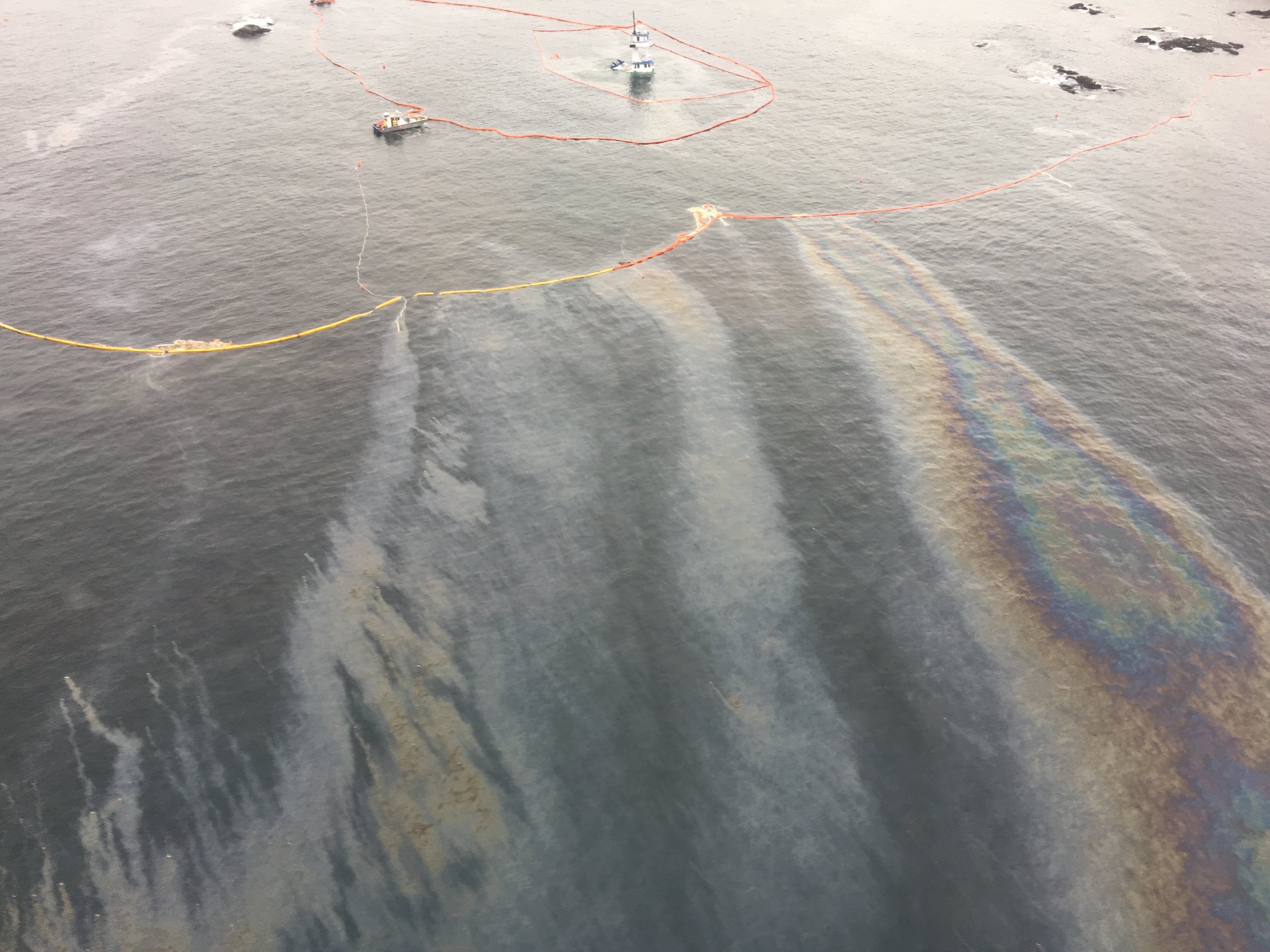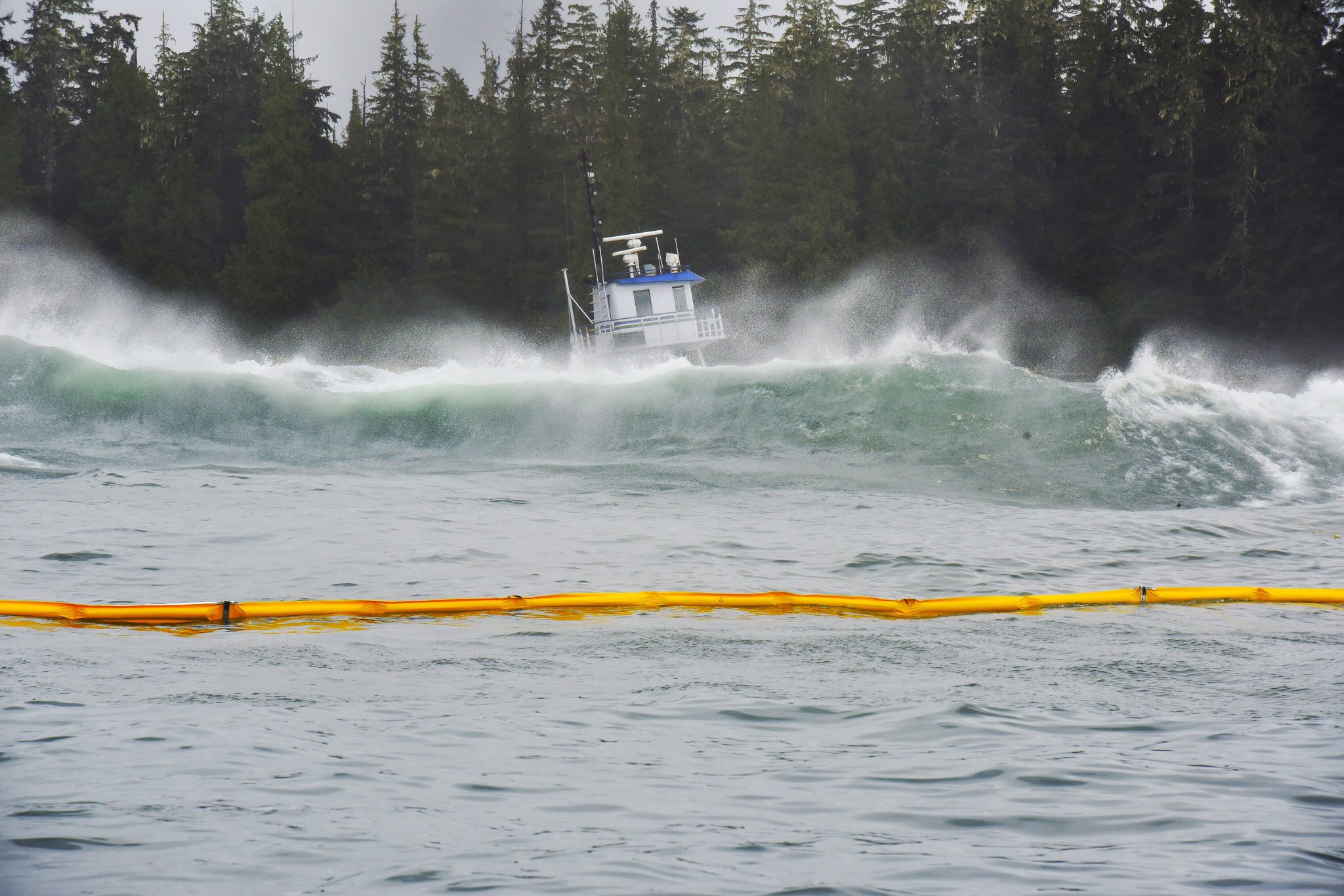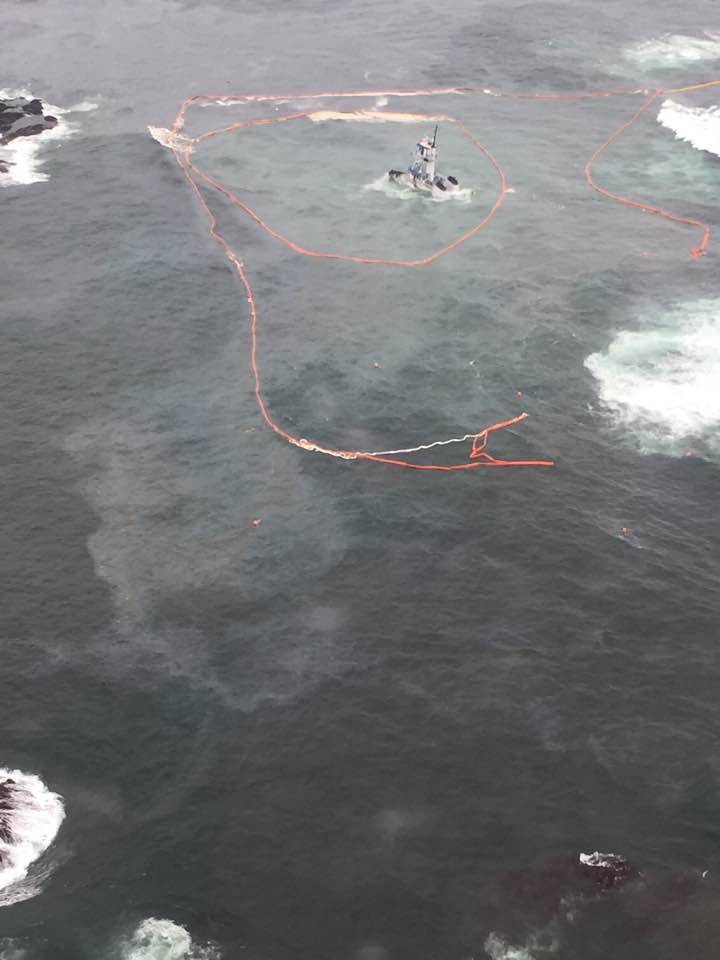Bezos Earth Fund gift of $100 million to The Nature Conservancy for nature-based climate solutions includes $20 million to support Indigenous-led conservation and carbon sequestration through our Emerald Edge program. The rainforests of the Emerald Edge harbor globally significant biodiversity and carbon stores. The average annual rainfall of more than 115 inches results in large, long-lived trees which are not affected by the pests and fires of many forests in Western North American.
New York Times explores First Nations authority in Great Bear
New York Times reporter Kirk Johnson and photographer Ruth Fremson explore the work of First Nations people in British Columbia’s Great Bear Rainforest to assert their authority over their traditional lands and waters.
Here and across the Emerald Edge, the largest intact coastal rainforest left on the planet, the Conservancy is working with First Nations and tribes to achieve longlasting conservation by supporting indigenous authority and helping emerging leaders to thrive.
Read more about the Great Bear Rainforest here:
Read more about the Emerald Edge here:
Keeping Danger at Bay near the shores of Bella Bella
Photographed by Heiltsuk Nation
It has been 12 days since a Texas-owned tug boat and its empty fuel barge crashed on rocks near Bella Bella, a First Nations community in the Great Bear Rainforest, leaking thousands of liters of diesel fuel. "It's an environmental disaster. It's a cultural disaster. It's affecting every facet of our community," Jess Housty of the Heiltsuk First Nation told one Canadian media outlet just days after the spill. Housty is also a Board director for TNC Canada, building on a 10-year partnership between TNC and the Heiltsuk Nation. Here at the Conservancy’s Washington chapter, we are deeply saddened by the spill and stand behind the Heiltsuk, who are working from dawn to dusk to mitigate the environmental and cultural damage.
The Great Bear Rainforest is at the heart of what the Conservancy calls the “Emerald Edge”—100 million acres of the largest remaining coastal rainforest on Earth, stretching from Alaska’s Tongass Forest to Washington’s Olympic Peninsula. Great Bear’s old-growth forests, rivers and coastal waters are the homeland of many First Nations, as well as extraordinarily rich habitat for grizzlies, wolves, several species of salmon, whales, eagles and other wildlife. It is the only home of the Spirit Bear, a rare subspecies of black bear that has white fur.
Clam beds are slicked with fuel, and just yesterday, divers confirmed that endangered abalone had been poisoned, as well as kelp and juvenile herring—all connected to Heiltsuk sustenance and livelihoods. Orcas and other sea life has been spotted traveling through the contaminated waters. Governmental response to the spill has been inadequate, and the sunken tug has not yet been recovered.
The Heiltsuk have started a fundraiser to cover their spill recovery costs and a community investigation into the accident and its impacts. To monitor the recovery efforts, check out the Heiltsuk Tribal Council Facebook page.
Learn more about our work in the Emerald Edge
Great Step Forward for Great Bear
The Great Bear Rainforest is a land of towering trees, salmon-filled rivers and peoples with a presence as old as time. On Feb. 1, we celebrated as the government of British Columbia and the governments of 26 First Nations signed an historic agreement that will forever conserve 19 million acres in British Columbia, banning logging on much of the land and setting stringent ecological protections on the remaining portions.
Getting to this agreement is a triumph for many – including indigenous people, conservationists, the forest industry, the provincial government and The Nature Conservancy.































